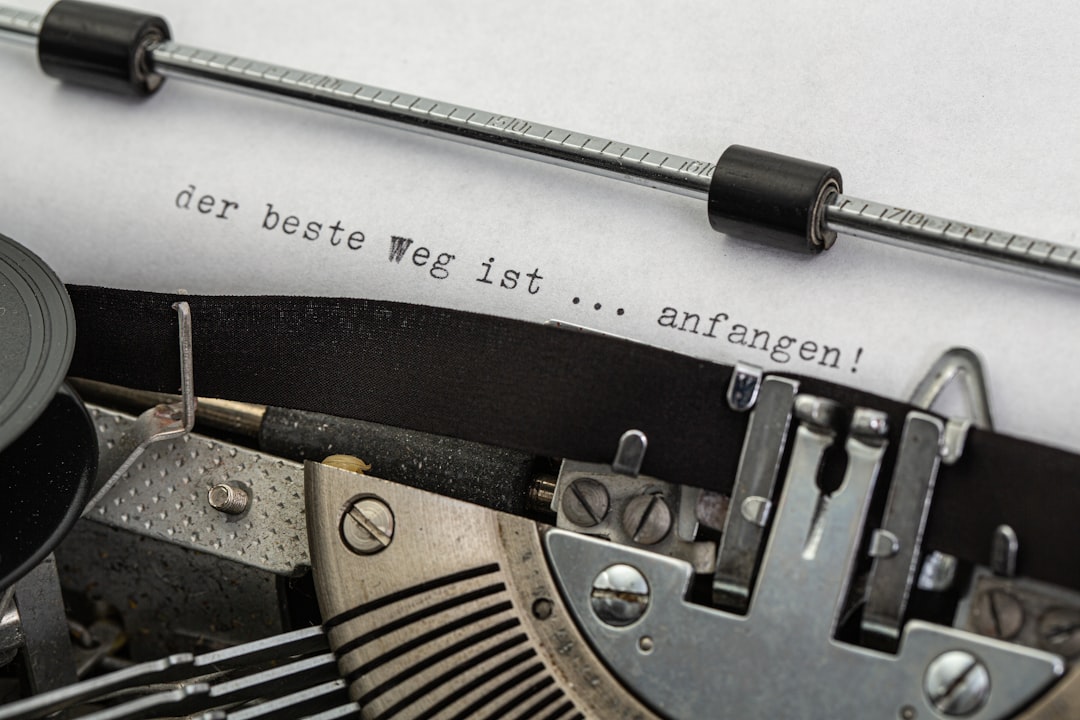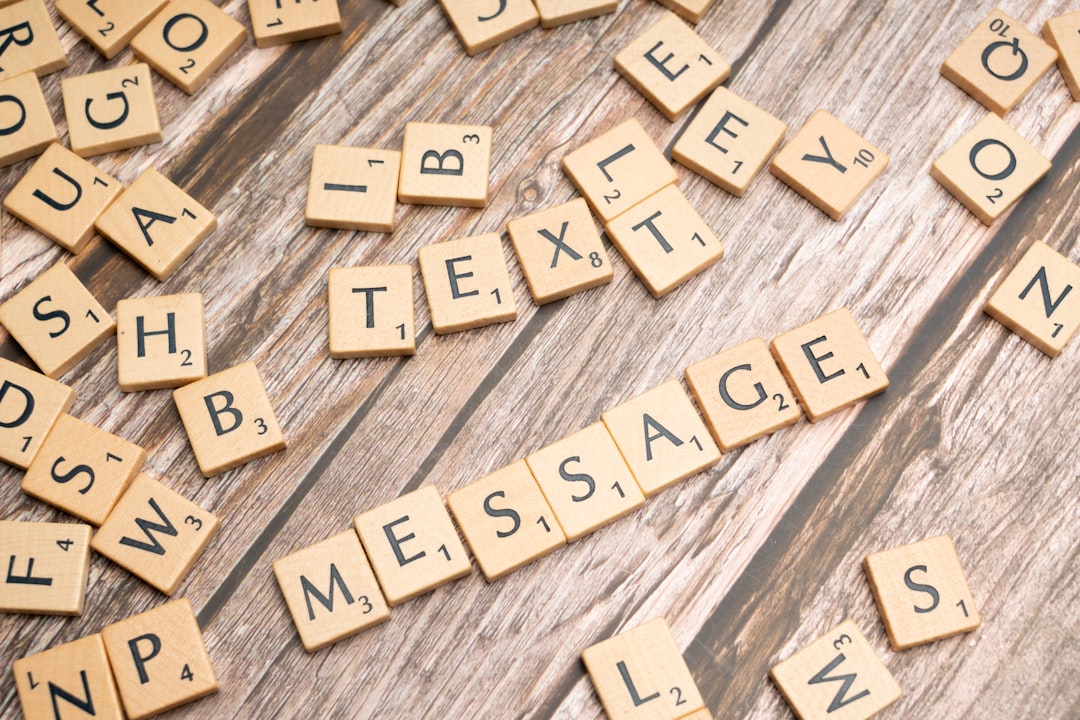Creating visually appealing blog posts and pages is key to engaging your audience. One of the most effective and simple ways to enhance your WordPress content is by wrapping text around images. The WordPress Block Editor (also known as Gutenberg) makes this process straightforward with its modern and intuitive interface. Whether you’re a beginner or have some experience with WordPress, learning how to style your images in line with your text can significantly improve your content’s readability and aesthetic appeal.
Why Wrap Text Around an Image?
When images are placed near the relevant text, they serve as visual anchors, making it easier for readers to engage with your content. Text wrapping not only improves design but also helps with storytelling and information delivery.
Wrapping text around an image is beneficial for:
- Improving layout: Makes efficient use of space, especially on desktop views.
- Enhancing readability: Breaks up long sections of text.
- Visual storytelling: Resonates more when images and text are contextually linked.
Using the WordPress Block Editor
The WordPress Block Editor uses blocks for each piece of content, whether it’s a paragraph, image, video, or list. To wrap text around an image, you’ll be dealing primarily with the Image and Paragraph blocks—or even better, the Media & Text block specifically designed for this purpose.
Method 1: Using the Media & Text Block
This is perhaps the easiest and most intuitive method for wrapping text around images in the block editor.
- Open the post or page where you’d like to add the content.
- Click the plus (+) icon to add a new block.
- Search for and select the Media & Text block.
- Upload or select your image in the left panel of the block.
- Type or paste your text in the right panel.
This block is specifically designed to align images and text side by side, automatically wrapping text when needed. You can easily switch the positioning of image and text using the flip icon in the block toolbar.

Pros of Using Media & Text Block
- Built-in alignment support
- No need for extra styling or coding
- Responsive layout on mobile and desktop
Method 2: Using the Image and Paragraph Blocks with Alignment Settings
Another way to wrap text around an image is by using a standalone Image block and setting its alignment.
- Add an Image block.
- Upload or choose your desired image.
- Click on the image, and a small toolbar will appear above it.
- Select either Align left or Align right. This will allow text to flow around the image.
- After setting the alignment, insert a Paragraph block directly below or next to the image.
- Start typing your content. The text will wrap naturally around the aligned image.
This method gives you a bit more flexibility, especially if you want to include captions, links, or different image styles.
Important Tips:
- Make sure your image isn’t too large; oversized images can disrupt the flow of text.
- Use the sidebar options to adjust image size (thumbnail, medium, large, custom).
- Be mindful of mobile view. Test how the wrap looks on smaller screens.
Adding Captions to Images
Captions can provide important context or attributions. With the Image block, you can click beneath the image to enter a caption, which maintains the wrap effect without extra formatting steps. However, be cautious—captions can extend the image block’s size and affect the surrounding layout.
Mobile Responsiveness Considerations
What looks good on a desktop might not translate as well to mobile. WordPress does a good job of adapting layouts for different devices, but it’s always wise to preview your content before publishing.
To ensure mobile responsiveness:
- Use medium or smaller size images for alignment.
- Avoid crowding too much text next to small images.
- Use the preview function to check your content on mobile view.

Advanced Styling with Custom CSS
If you’re comfortable with CSS, WordPress also allows you to fine-tune the wrapping behavior through the Additional CSS feature found in the Customizer. You can assign a custom class to your image block and apply styles like padding, float, or margins to better control layout nuances.
Here’s a basic example:
.custom-wrap {
float: left;
margin: 0 15px 15px 0;
max-width: 40%;
}
Apply this class:
- Click on your Image block.
- Open the block settings on the right sidebar.
- Under Advanced, enter ‘custom-wrap’ in the Additional CSS Class field.
After saving these settings, the CSS you added in the Customizer will affect that image block, aligning it and wrapping the text as per your new rules.
Using Plugins for More Control
If you need more advanced layout options, some plugins are specifically designed to enhance block functionalities and layouts.
Recommended Plugins:
- Kadence Blocks: Adds advanced layout options and flexible image positioning.
- Stackable: Offers a broader range of content blocks with built-in responsiveness.
- CoBlocks: Includes design blocks that support complex text and image arrangements.
Make sure any plugin you install is compatible with your WordPress version and theme to avoid conflicts.
Common Mistakes to Avoid
Here are a few pitfalls that can make your layouts look unprofessional or broken:
- Overusing alignments: Too many alternating left-right images can make the content messy.
- Ignoring responsiveness: Always preview on different devices and screen sizes.
- Neglecting spacing: Add enough margin or padding around your images for a clean look.

Final Thoughts
Learning how to wrap text around an image in the WordPress Block Editor empowers you to create more engaging, dynamic posts. The Media & Text block is excellent for quick layouts, while using Image alignment with text blocks gives you precise control. For users seeking extra design flexibility, plugins and custom CSS open the door to more sophisticated layouts.
By wrapping text around your images thoughtfully, you enhance not just the aesthetic but also the readability and cohesiveness of your content. So next time you’re editing a WordPress post, give your readers a better experience by pairing relevant text and visuals in a layout that flows naturally.
